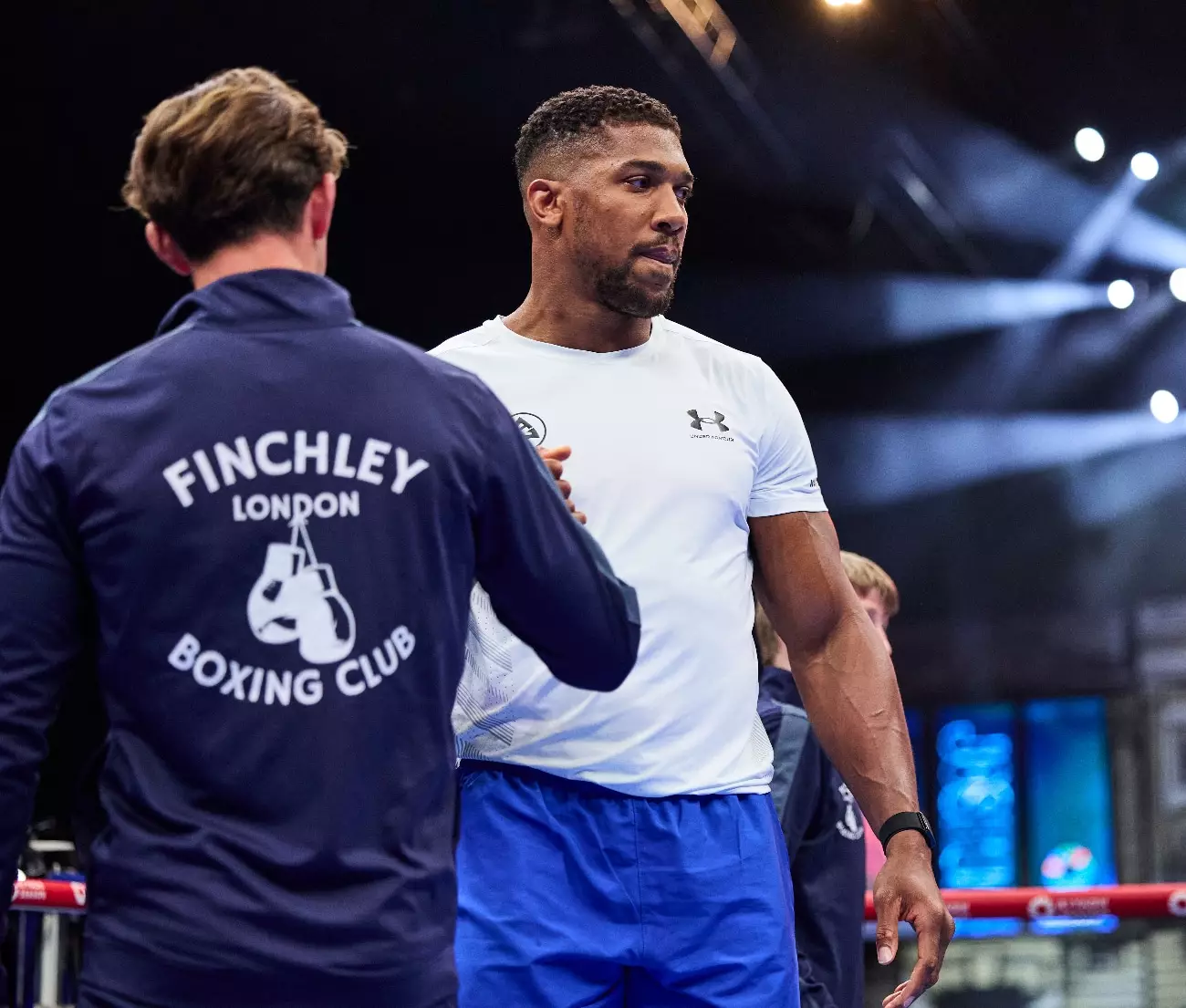Eddie Hearn, the promoter behind one of boxing’s most recognized figures, Anthony Joshua, is thrusting Joshua’s future back into the spotlight as he outlines the heavyweight’s aspirations for 2025. According to Hearn, Joshua is eyeing a rematch with IBF heavyweight champion Daniel Dubois and a much-anticipated showdown with fellow British boxer Tyson Fury. But beneath these ambitions lies a tangled web of public perception, market appeal, and the evolving nature of the sport that necessitates a deeper analysis.
Hearn’s inclination towards the Fury fight, touted as “the biggest in boxing,” raises eyebrows, particularly in light of recent performances from both heavyweights. Fury’s recent unanimous decision loss to Oleksandr Usyk and Joshua’s knockout defeat to Dubois have diminished their standing as must-watch combatants. The notion that this matchup represents the pinnacle of boxing is questionable, especially when considering the lukewarm reception from fans outside the UK. American audiences, previously indifferent, seem even less enthusiastic today, possibly viewing the bout as a fading spectacle rather than a grand event.
In boxing, compelling narratives often drive ticket sales and pay-per-view purchases. It’s essential to recognize that both Joshua and Fury have historically struggled against top-tier competitors. Their records may boast healthy win ratios, yet the lack of significant victories against elite fighters creates skepticism regarding the relevance of their potential matchup. Hearn’s assertion that an AJ-Fury clash is unparalleled in significance suggests he may be misreading the pulse of the global boxing audience, which is keen on fresh narratives and contenders.
The prospect of a rematch against Dubois is intriguing yet fraught with risks. Hearn highlights Joshua’s desire to reclaim his heavyweight championship status, yet the question remains: can Joshua reestablish himself as a dominant force? Fans may have lingering doubts regarding his resilience, particularly after experiencing a knockout loss. It is evident that the urgency for Joshua to secure a decisive victory over Dubois may not only serve as redemption but also reinvigorate public interest in his future fights.
However, this assumes that Dubois will emerge victorious in his upcoming contest against Joseph Parker. Should he fail, the narrative for Joshua’s return could shift significantly. Hearn must navigate this precarious landscape by aligning Joshua with opponents across the spectrum who can credibly elevate his standing without risking further derision.
The current boxing landscape has discreetly shifted, with many fans clamoring for a fresh generation of heavyweights who can energize the sport. Younger fighters are rising through the ranks, and names like Joe Joyce, Deontay Wilder, and even emerging talents are beginning to take center stage. Hearn’s insistence on Joshua-Fury as the fight of the era overlooks the mounting pressures for innovation and revitalization within heavyweight boxing.
Moreover, waiting until 2025 for this fight could lead to questions about its viability. Ring rust, injury, and inevitable declines in athleticism weigh heavily on fighters who are not consistently active. Thus, Hearn may need to prioritize strategically relevant matches before attempting to monopolize on the much-hyped AJ-Fury showdown. The longer either fighter waits, the more the flame flickers on what Hearn describes as a “monster” matchup.
Finally, Hearn emphasizes a collaborative spirit between promoters, aspiring to conjure exciting fights and meaningful partnerships. The reality, however, is that boxing is as much a business as it is a sport. Each promoter has financial interests that can easily lead to discontent regarding matchmaking decisions and revenue-sharing models. To truly execute Hearn’s vision, cooperation is indispensable.
As Joshua sets his sights on 2025, Hearn must realize that while ambition drives the conversation, it is the landscape of public interest and fighter performance that ultimately determines which fights rise to the occasion. Balancing these influences will be integral to reclaiming Anthony Joshua’s standing as a heavyweight champion in a sport that is in the midst of a dramatic renaissance.


Leave a Reply